If ever there was a country that provided food-friendly wines that are at home with holiday parties and meals, it’s Italy. We tend to entertain “in bulk” and often need affordable wines that won’t break the bank when we attempt to buy half a case or more. Sure there are those pricey Brunellos, Barolos, and Super Tuscans that collectors (including me) like to keep in the cellar, but when you’re entertaining a group, something a bit more affordable is definitely in order. Italy is one of those countries that provides tremendous value for wines – if you know where to look! And the wines tend to pair beautifully with food and snacks, well, because Italians like to pair their wines with food. Honestly, I wish we embraced this concept more in the USA. If you’re entertaining or just snuggling by the fire with tasty snacks, these affordable Italian wines provide quality and food friendliness at prices that come in at $30 or less – some even around $15!
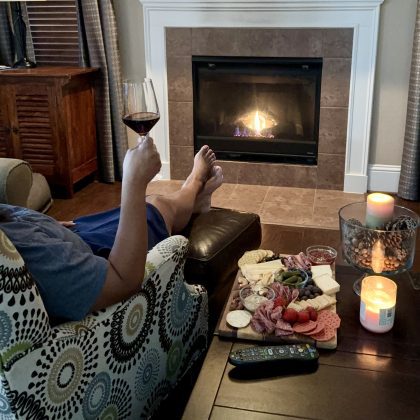
Valpolicella from Veneto
Valpolicella is a red wine from the Veneto region in Italy. It’s typically made from a blend of native grape varieties, including Corvina, Rondinella, Corvinone, and Molinara. These are the varietals that are also used in Amarone, but you’d be hard pressed to find an Amarone for less than $30! Lucky for us, there are five tiers of Valpolicella wines. The levels from least expensive and lightest body in order are: Valpolicella Classico, Valpolicella Classico Superiore, Valpolicella Ripasso, Amarone della Valpolicella, Recioto della Valpolicella. For light, affordable wines that can be sipped all night, look to the first two categories.
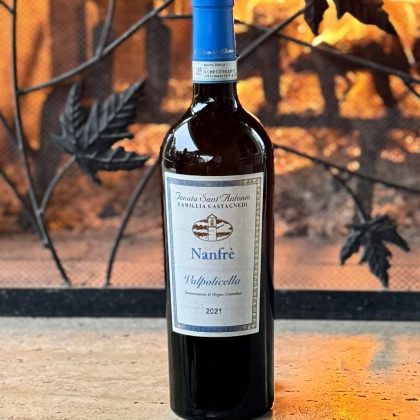
For around $15, the Tenuta Sant’Antonio Nanfrè Valpolicella Classico is light and fresh and full of fruit. Only stainless steel is used (no heavy oak) so the wine is light-bodied and can even pair with the likes of seafood. I also love the lower alcohol level, which means you can party all night with glass in hand. Even better, Tenuta Sant’Antonio is a family-owned winery, managed today by four brothers who actively participate in the winemaking process. Their wines are made from 100% estate-grown, organically farmed fruit.
Schiava from Alto Adige
Y’all have heard me wax poetic about all things Alto Adige for a while now. They are the people that convinced me that all Pinot Grigio was not simply alcohol water. They showed me that Chardonnay outside of Bourgogne and California’s Central Coast could seriously make me swoon! And they showed me that smaller could indeed be better – they are one of Italy’s smallest wine regions, but make an amazing array of wines. And they are all about quality. Over ninety-eight percent of the region’s production falls under DOC classification – the highest of any Italian region. It just may be one of the highest quality wine regions hiding in plain sight.
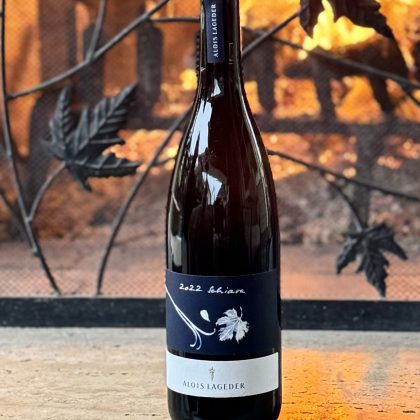
As a fan of lighter bodied reds like Pinot Noir and Gamay, I was instantly drawn to Schiava. In fact, when I saw descriptions of Schiava like “thin-skinned” and “fickle,” I instantly thought of Pinot Noir. Schiava tends to be delicate, floral, and light-bodied, with higher acidity, low tannins, and moderately low alcohol. I love the one from Alois Lageder (one of my fave producers – yes, I sometimes pick favorites). Alois Lageder is renowned for its commitment to biodynamic viticulture and sustainability and has been a driving force for such values throughout Alto Adige. The Alois Lageder Schiava Alto Adige comes in around $18 and is actually a great summer sipper too as it can take a little bit of a chill if you like. I also love it for Thanksgiving dinner.
Etna Rosso from Sicily
If you follow wine a bit, in the last five years or so, you may have seen people getting really excited about the wines of Sicily and Mount Etna in particular. Etna Rosso is a red wine produced on the slopes of Mount Etna, an active (and sometimes erupting) volcano in Sicily. It’s primarily made from the Nerello Mascalese grape (up to of 20% Nerello Cappuccio can also be used), which is grown in volcanic soils and at altitudes up to 3,500 ft. The wines typically showcase red fruit flavors, earthiness, vibrant acidity, and a distinct volcanic minerality. I love them!
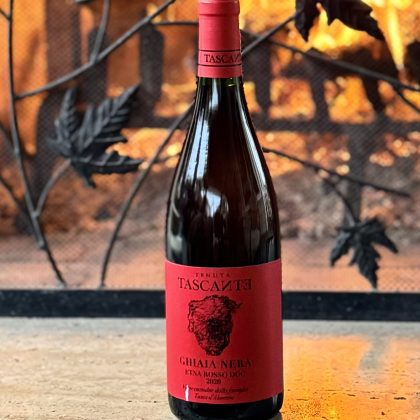
The Tenuta Tascante Ghiaia Nera Etna comes from the renowned Tasca d’Almerita family of Sicilian wine estates, which has a rich winemaking heritage in Sicily dating back to the early 19th century.
Ghiaia Nera actually translates to “black gravel” which is a reference to the region’s volcanic soils. Coming in around $20, this is Tascante’s entry-level Etna Rosso. It’s produced from younger vines and is meant to be drunk fairly young. This one shows great freshness and wild strawberries, a touch of smokiness, herbs and even some floral notes along with soft tannins. They also make a fabulous rosé!
Another Etna Rosso that I so enjoy that I’ve previously shared is the Sul Vulcano Etna Rosso. It was previously going for around $30, but I guess inflation has made it inch up closer to $40. So OK, maybe not for the big party, but great for the snacks by the fireplace.
Nebbiolo From Lombardy and Piedmont
If you can’t afford Barolo or Barbaresco, no fear, there is still a Nebbiolo for you! And lucky you, there are a couple of options out there.
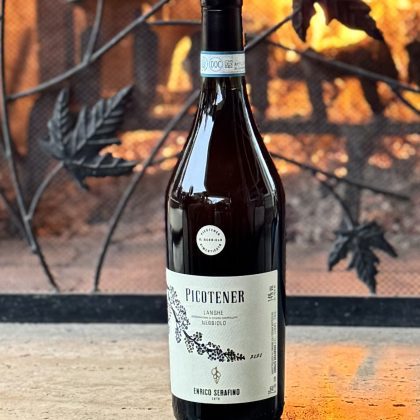
If you MUST have your Nebbiolo from Piedmont, then keep an eye out for Langhe Nebbiolo. Langhe Nebbiolo is often considered a “younger sibling” to the more prestigious Barolo and Barbaresco wines, but it doesn’t have the same extended aging requirements of its older brother and sister. A really unique find is the Enrico Serafino Picotener Langhe Picotener ~$28, which is a distinctive and nearly forgotten Nebbiolo sub-variety that was on its way out. However, during a recent exploration of varieties in their vineyards, Enrico Serafino discovered that Picotener had been planted throughout their vineyards. Given its uniqueness, they decided to isolate it from other Nebbiolo and bottle it on its own. It has the classic rose and violet characteristics of Nebbiolo, but also offers up red cherries, red plums, and a touch of vanilla. Most importantly, it’s smooth and the acid doesn’t hit me over the head as can happen with Barolo!
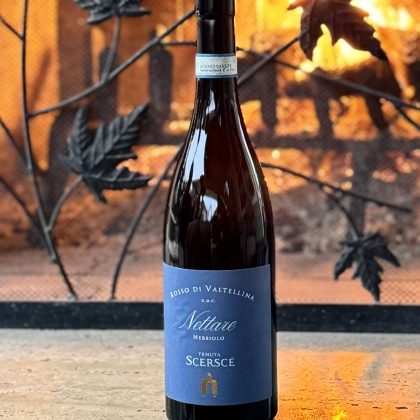
Right next door in Lombardy, Nebbiolo lovers can also enjoy Rosso di Valtellina. This Nebbiolo based wine comes from the Valtellina region in Lombardy. Like Langhe, Rosso di Valtellina is considered a younger and more approachable version of Nebbiolo. The Tenuta Scerscé Nettare Rosso di Valtellina offers up the classic Nebbiolo floral aromas, but with lighter red fruits as well as some mocha, leather, mineral and herbal characteristics. At around $30, it’s gives me some Barolo vibes – even though it sees no oak – but definitely not at a Barolo price. And I have to share that there is a female winemaker – Cristina Scarpellini – responsible for this one. She got into wine as a hobby while she was working as an international business lawyer. But she became so passionate about winemaking that she left law behind and became a full time winemaker.
Montepulciano from Marche
I’ve previously waxed poetic about Montepulciano from Abruzzo and have swooned over the Verdicchio from Marche, but I haven’t put the two together. So let’s talk about Montepulciano from Marche. Heck, given Marche’s location on the Adriatic across from my beloved Croatia, I definitely need to visit. For sure, this is the boldest wine in my Italian wine lineup. When we’re talking Montepulciano from the Marche region, it’s all about Cònero.
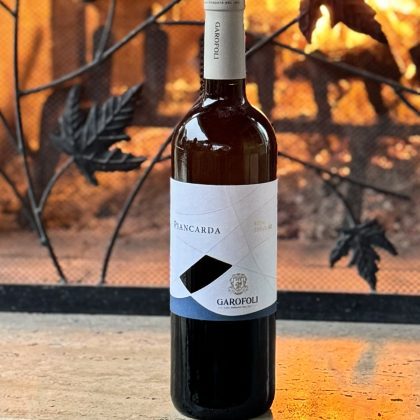
Cònero is an Italian wine region located in Marche, in the province of Ancona. The main wines produced in this area is known as Rosso Cònero DOC and Cònero DOCG. The wines are made mostly with Montepulciano, with up to 15% Sangiovese allowed. The main difference between the designations is that the Conero DOCG has a minimum oak aging requirement resulting in a wine that is more structured and complex – and pricier. Rosso Cònero tens to be lighter and fresher with more pronounced acidity as the wines don’t have the same oak aging requirement. In either case, the Montepulciano grapes thrive in the warm and sunny climate of Cònero, producing bigger wines with deeper color, mid-to-high level tannins, and rich, ripe berry and plum fruit flavors. I love Garofoli’s Verdicchio, so it stands to reason that I also enjoy their Piancarda Rosso Cònero, which comes at a wallet pleasing $16. Soft, easy to drink, with tasty red and black fruits and a hint of vanilla spice.
Garofoli is the oldest family-owned winery in Marche and is run today by the fourth and fifth generations. This is so what I love about Italy wine culture – all the family-owned wineries, many of which are passed down for generations.
All I can say is thank goodness for the versatility and prevalence of affordable Italian wines!

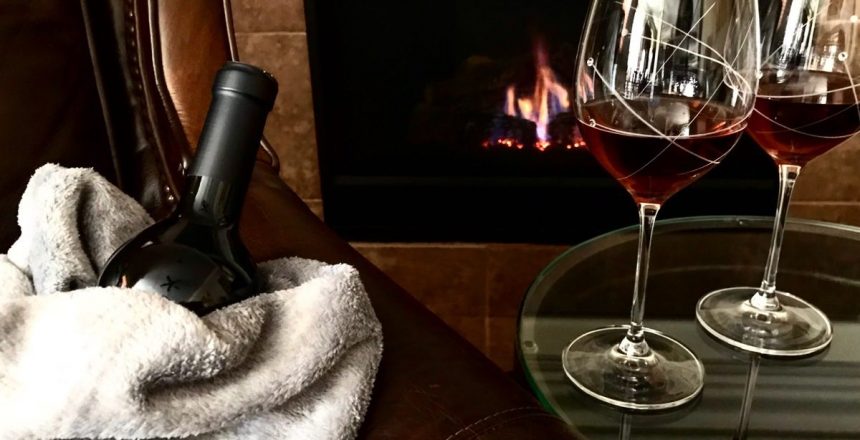
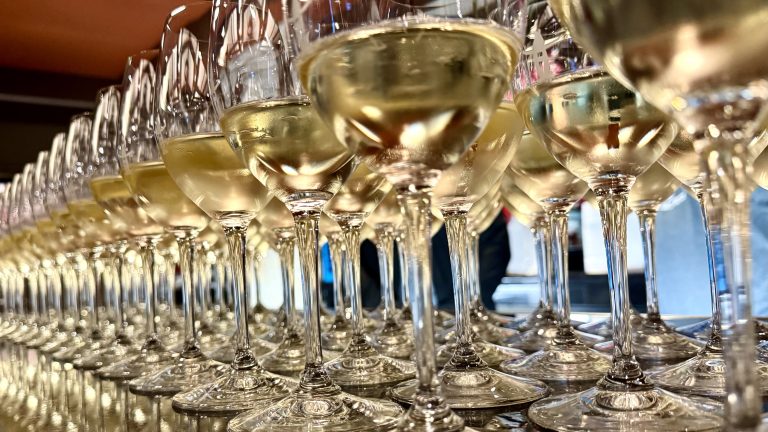
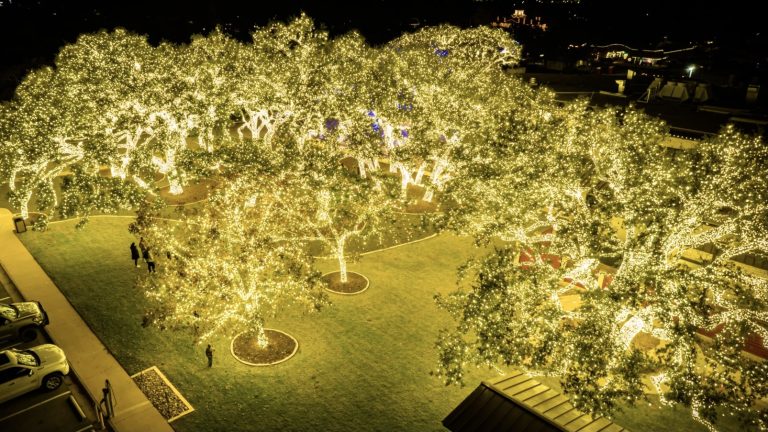


No Comments